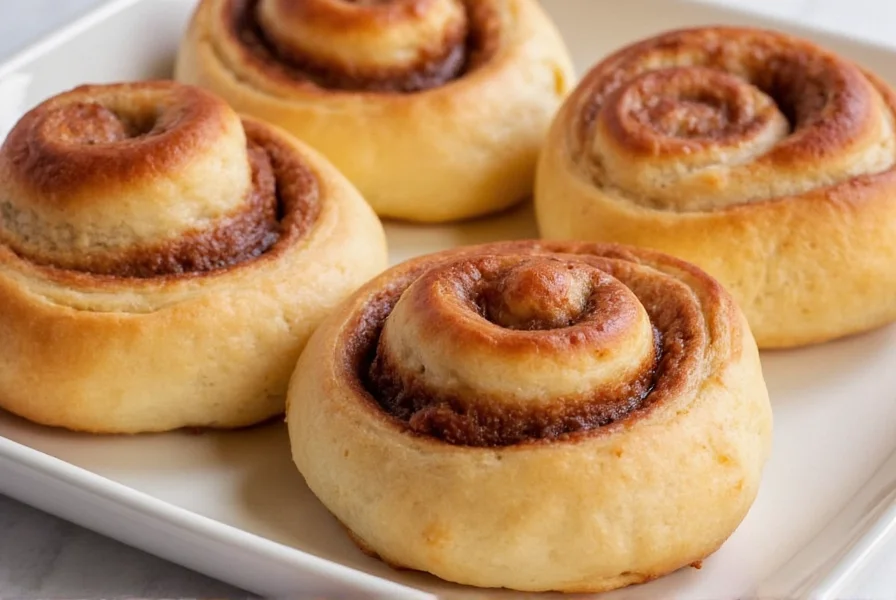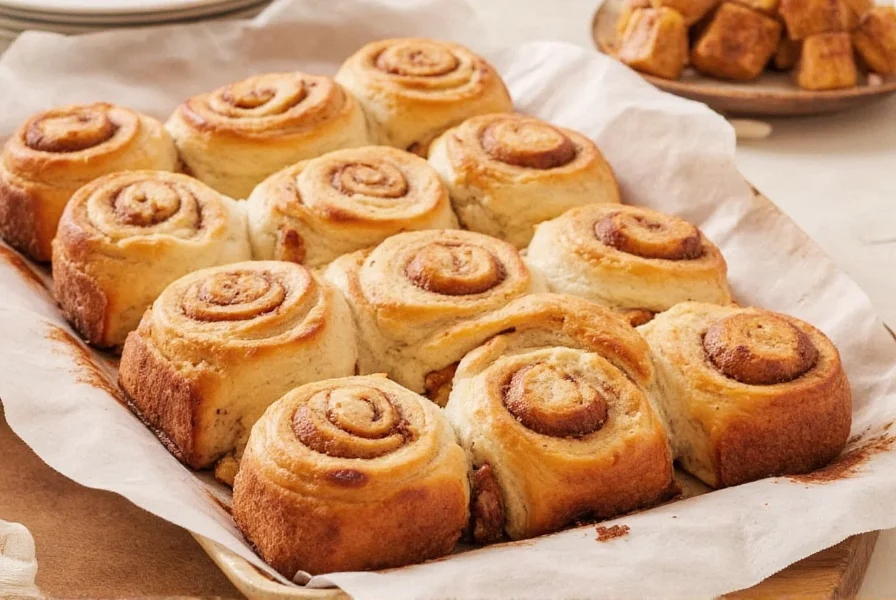Hawaiian bread cinnamon rolls represent a delightful fusion of two beloved baked goods, merging the distinctive qualities of Hawaiian sweet bread with the comforting familiarity of cinnamon rolls. Unlike standard cinnamon rolls that use a basic yeast dough, Hawaiian versions incorporate pineapple juice and sometimes coconut into the dough, creating a subtle sweetness and remarkable moisture retention.
What Makes Hawaiian Bread Cinnamon Rolls Unique
The magic happens in the dough composition. Traditional cinnamon rolls use a simple enriched dough with milk, butter, and sugar. Hawaiian sweet bread dough, however, contains pineapple juice which provides natural enzymes that tenderize the gluten structure while adding subtle sweetness. This enzymatic action creates an exceptionally soft crumb that remains moist for days—perfect for cinnamon rolls that often suffer from drying out.

Traditional vs Hawaiian Style Comparison
| Characteristic | Traditional Cinnamon Rolls | Hawaiian Bread Cinnamon Rolls |
|---|---|---|
| Dough Base | Basic enriched yeast dough | Hawaiian sweet bread dough |
| Key Liquid | Milk or water | Pineapple juice (sometimes mixed with milk) |
| Sweetness Level | Moderate (mostly in filling) | Naturally sweeter dough + filling |
| Texture | Good but dries faster | Exceptionally soft, stays moist 3-4 days |
| Distinctive Flavor | Cinnamon-sugar dominant | Subtle tropical notes beneath cinnamon |
Essential Ingredients Breakdown
The secret to authentic homemade hawaiian bread cinnamon rolls recipe success lies in ingredient quality and proper technique. While some bakers substitute canned pineapple juice for fresh, the fresh version provides superior enzymatic activity for that signature tender crumb. The dough typically contains:
- High-quality bread flour - Provides necessary gluten structure while maintaining softness
- Fresh pineapple juice - Not from concentrate, at room temperature
- Active dry yeast - Properly proofed for reliable rise
- Butter - Unsalted, at room temperature for even distribution
- Egg yolks - Adds richness without making rolls dense
- Cinnamon-sugar filling - With brown sugar for moisture retention
Step-by-Step Preparation Guide
Creating perfect hawaiian style cinnamon rolls requires attention to dough temperature and proper resting times. Begin by proofing your yeast in warm pineapple juice (105-110°F) with a pinch of sugar. After 5-10 minutes, when foamy, combine with other wet ingredients.
Mix dry ingredients separately, then gradually incorporate into wet mixture. Knead until smooth and elastic (about 8-10 minutes by machine). The dough should be slightly tacky but not sticky—Hawaiian sweet bread dough typically requires less flour than standard cinnamon roll doughs due to the pineapple juice's properties.
After first rise (1-1.5 hours until doubled), roll out to a 16x12 inch rectangle. Spread evenly with softened butter, then your cinnamon-sugar-brown sugar mixture. Roll tightly from the long side, pinch seam closed, and cut into 1.5 inch slices using dental floss for clean cuts.
Place in greased baking dish with space between rolls for second rise (45-60 minutes). Bake at 350°F until golden (20-25 minutes). The best hawaiian sweet bread for cinnamon rolls produces rolls that pull apart easily with a tender, cloud-like interior.
Avoiding Common Mistakes
Many home bakers encounter issues with hawaiian bread roll cinnamon roll variations. The most frequent problems include:
- Over-flouring the dough - Leads to tough rolls; Hawaiian dough should be slightly stickier than regular
- Using cold ingredients - Prevents proper yeast activation and gluten development
- Rolling too tightly - Causes rolls to constrict during baking rather than expanding
- Underbaking - Hawaiian rolls need full baking to set their unique structure
- Using canned pineapple juice from concentrate - Lacks necessary enzymes for tender texture
Creative Variations Worth Trying
Once you've mastered the basic hawaiian sweet bread vs regular cinnamon rolls technique, experiment with these popular twists:
- Pineapple-cinnamon swirl - Add finely diced fresh pineapple to the filling
- Coconut-Hawaiian rolls - Incorporate toasted coconut into dough and filling
- Macadamia nut topping - Press chopped macadamias into the top before baking
- Li hing mui variation - Sprinkle this Hawaiian dried plum powder on finished rolls
- Cream cheese swirl - Add a layer of sweetened cream cheese between filling and dough
Storage and Reheating Techniques
One advantage of the soft hawaiian bread cinnamon roll technique is exceptional shelf stability. Store cooled rolls in an airtight container at room temperature for 3-4 days. For longer storage, freeze individually wrapped rolls for up to 3 months.
Revive day-old rolls by microwaving for 10-15 seconds or warming in a 300°F oven for 5 minutes. The pineapple juice in hawaiian bread cinnamon rolls helps maintain moisture better than traditional recipes, so reheating rarely dries them out when done properly.
Perfecting Your Technique
Mastering hawaiian bread cinnamon rolls takes practice. Focus initially on proper dough hydration and temperature control. The ideal dough temperature after mixing should be 78-80°F. Consider using a digital thermometer to monitor throughout the process.
For the most consistent results, weigh ingredients rather than measuring by volume. This precision matters particularly with the pineapple juice content, as its water content varies slightly based on fruit ripeness. Remember that humidity affects dough absorption, so adjust liquid content slightly based on your kitchen environment.











 浙公网安备
33010002000092号
浙公网安备
33010002000092号 浙B2-20120091-4
浙B2-20120091-4